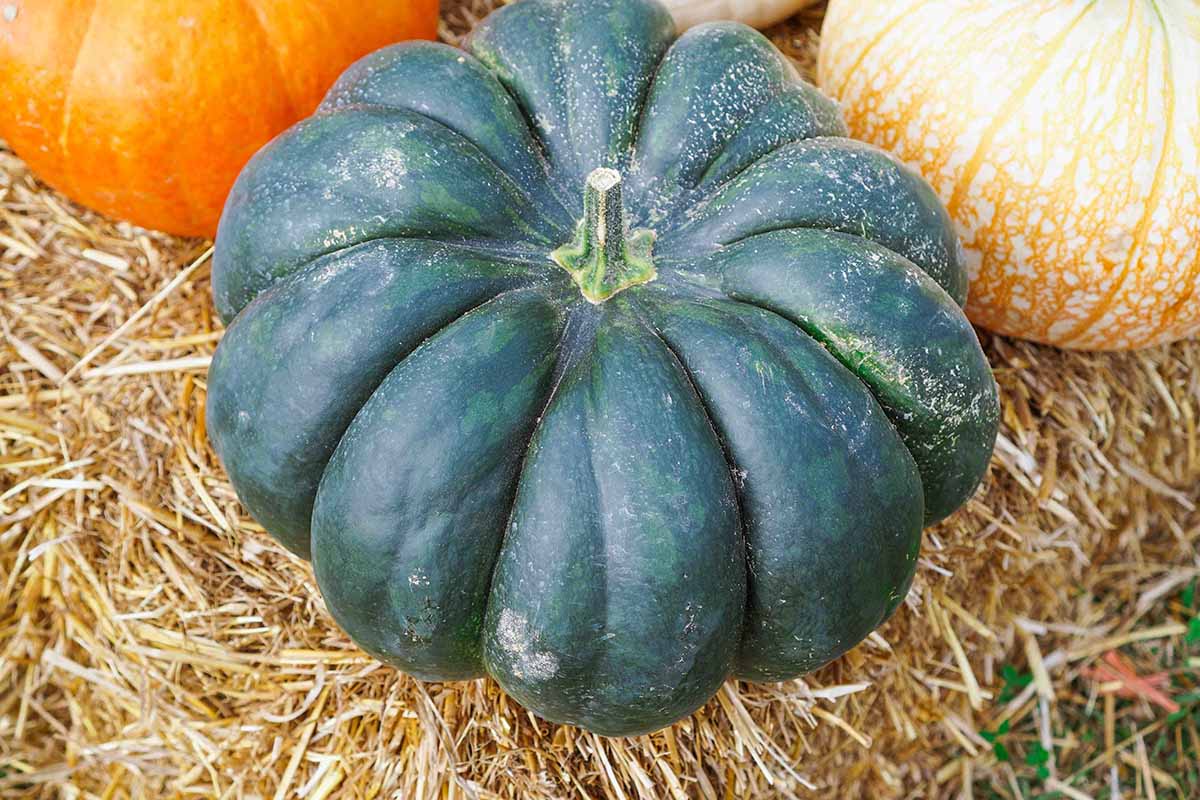

Articles
How To Store Pumpkin
Modified: January 8, 2024
Learn the best techniques and tips for storing pumpkins in this informative article. Keep your pumpkins fresh and ready for use throughout the season.
(Many of the links in this article redirect to a specific reviewed product. Your purchase of these products through affiliate links helps to generate commission for Storables.com, at no extra cost. Learn more)
Introduction
When the autumn season arrives, pumpkins take center stage. Whether you’ve grown your own or purchased them from a local farm or grocery store, it’s important to know how to properly store these versatile and delicious gourds. By following a few simple guidelines, you can extend the shelf life of your pumpkins and enjoy their goodness long after the fall harvest.
Properly storing pumpkins is crucial to ensure they stay fresh and retain their quality. Whether you plan to use them for cooking, carving, or decorative purposes, taking the time to store them correctly will help preserve their flavor, texture, and appearance. In this article, we will explore the essential steps to store pumpkins effectively.
Key Takeaways:
- Preserve the freshness and flavor of pumpkins by choosing the right ones, preparing them for storage, and maintaining ideal conditions. Regular inspection and additional preservation methods like freezing and canning can extend their shelf life.
- With proper care and attention, pumpkins can be stored effectively for extended enjoyment. From selecting the best pumpkins to inspecting and preserving them, you can savor their goodness long after the fall harvest.
Read more: How To Store Pumpkins
Choosing the Right Pumpkin
Selecting a fresh pumpkin is the first step in ensuring a successful storage process. When choosing a pumpkin, there are a few key factors to consider.
Selecting a Fresh Pumpkin: Look for pumpkins that are firm and free of any bruises, cuts, or soft spots. A fresh pumpkin will have a vibrant color, usually ranging from deep orange to a rich, dark green. Avoid pumpkins that have mold or any signs of decay, as these will not store well.
Choosing the Right Size: The size of the pumpkin is also an important consideration. Smaller pumpkins, such as sugar pumpkins or pie pumpkins, are ideal for cooking purposes. They have a sweeter and denser flesh, perfect for making pumpkin puree or pies. Larger pumpkins are better suited for carving, as their hollowed-out shells provide ample space for creativity. When selecting the size, consider your intended use for the pumpkin and choose accordingly.
By carefully selecting a fresh pumpkin and choosing the right size for your needs, you are setting the stage for successful storage and future use. The quality of the pumpkin at the time of purchase or harvest will greatly impact its longevity in storage.
Preparing the Pumpkin for Storage
Before you store your pumpkins, it’s essential to prepare them properly to ensure they remain fresh and free from spoilage. This involves two crucial steps: cleaning the pumpkin and drying it thoroughly.
Cleaning the Pumpkin: Start by gently scrubbing the exterior of the pumpkin with a soft brush or sponge. Use water and a mild detergent to remove any dirt or debris. This step is particularly important for pumpkins that have been freshly harvested from the garden, as they may still have soil clinging to their surface. By cleaning the pumpkin, you eliminate any potential contaminants that could lead to decay during storage.
Drying the Pumpkin: After cleaning, allow the pumpkin to air dry completely. Place it in a well-ventilated area and ensure that it is exposed to sunlight or natural airflow. This process helps to eliminate excess moisture and reduces the risk of mold and rot. It is crucial to ensure that the pumpkin is thoroughly dry before proceeding with the storage process.
By taking these preparatory steps, you are setting the foundation for successful pumpkin storage. A clean and dry pumpkin is less likely to succumb to mold, rot, or other forms of deterioration during storage.
Storing Pumpkins
Now that your pumpkin is cleaned and dried, it’s time to move on to the storage phase. Proper storage conditions and suitable locations are crucial to maintain the freshness and longevity of your pumpkins. Additionally, wrapping the pumpkin can provide an extra layer of protection against moisture and pests.
Ideal Storage Conditions: Pumpkins prefer cool, dry, and well-ventilated environments for storage. The ideal temperature range is between 50°F to 55°F (10°C to 13°C). Avoid storing pumpkins in areas that are too warm, as this can accelerate decay. Additionally, pumpkins are sensitive to humidity, so aim for a relative humidity level of around 50% to 70%. Too much moisture can promote mold growth, while too little can cause dehydration. Maintaining the right conditions is crucial for preserving the quality of your pumpkins.
Suitable Storage Locations: Look for a place in your home that meets the ideal storage conditions. Basements, cellars, or cool closets are often the best choices. Make sure the area is clean and free from any potential contaminants. Keep in mind that extreme temperature fluctuations can negatively impact the quality of the pumpkin, so try to avoid placing them near heating or cooling vents.
Wrapping the Pumpkin: For an added layer of protection, consider wrapping your pumpkins individually. Use newspaper or tissue paper to wrap each pumpkin, creating a barrier between the pumpkin’s surface and the environment. This helps to reduce moisture loss and keeps pests at bay. Avoid using plastic wrap or bags, as these can trap moisture and contribute to rotting.
By storing your pumpkins in ideal conditions, choosing suitable storage locations, and wrapping them for added protection, you can extend their shelf life and ensure they stay fresh for longer periods of time.
Store pumpkins in a cool, dry place with good air circulation, such as a basement or pantry. Avoid direct sunlight and keep them off the ground to prevent rotting. Check for any signs of decay regularly and use them before they spoil.
Checking and Maintaining Stored Pumpkins
Once your pumpkins are in storage, it’s important to regularly inspect them and maintain the proper temperature and humidity levels. These steps will help identify any potential issues and ensure the longevity of your stored pumpkins.
Regular Inspection: Set a schedule to inspect your stored pumpkins every couple of weeks. Look for any signs of decay, mold, or soft spots. If you notice any damaged or rotting areas, it’s crucial to remove those pumpkins immediately to prevent the spread of decay to the others. Regular inspections allow you to catch any problems early on and salvage the remaining pumpkins.
Temperature and Humidity Control: Monitoring and controlling the temperature and humidity levels in your storage area is essential. Use a thermometer and a hygrometer to keep track of these factors. Make adjustments as necessary to maintain the recommended temperature range of 50°F to 55°F (10°C to 13°C) and a relative humidity level of around 50% to 70%. Consider using a dehumidifier or a humidifier, depending on your region’s climate and the storage conditions.
By regularly inspecting your stored pumpkins and ensuring optimal temperature and humidity levels, you can actively maintain the quality of your pumpkins and prevent spoilage. Keeping a watchful eye on their condition will enable you to take immediate action and preserve as many pumpkins as possible.
Read more: How To Store A Pumpkin
Extending the Shelf Life of Pumpkins
If you have an abundance of pumpkins or want to preserve them for longer periods, there are additional methods you can use to extend their shelf life. Freezing and canning are two popular techniques that allow you to enjoy the flavors of fresh pumpkin throughout the year.
Freezing Pumpkins: Freezing pumpkins is an excellent way to preserve their freshness and flavor. Start by scooping out the seeds and removing the skin. Cut the pumpkin into smaller chunks or puree it, depending on your preference. Place the pumpkin in airtight containers or freezer bags, leaving some headspace for expansion. Label and date the containers, then place them in the freezer. Frozen pumpkin can last up to a year, allowing you to enjoy pumpkin recipes even when the season is over.
Canning Pumpkins: Canning is another method to extend the shelf life of pumpkins. Begin by preparing the pumpkin by removing the skin, seeds, and fibrous pulp. Cut the flesh into small, evenly-sized pieces. Then, you can either use a pressure canner or a boiling water canner to process the pumpkin. Follow the necessary canning procedures, including filling the jars with pumpkin, adding the appropriate liquid (usually water or syrup), and processing the jars according to the guidelines. Canned pumpkin can last for up to a year on the shelf, providing a convenient way to store and use pumpkin for various recipes.
By freezing or canning your pumpkins, you can enjoy their delicious flavor and nutritional benefits all year round. These preservation methods allow you to make the most of your harvest and reduce waste.
Conclusion
Storing pumpkins properly is crucial to preserve their freshness, flavor, and quality. By following the steps outlined in this article, you can ensure that your pumpkins remain in prime condition for an extended period. From choosing the right pumpkin and preparing it for storage to finding suitable storage locations and maintaining the ideal temperature and humidity levels, each step plays a vital role in prolonging their shelf life.
Regularly inspecting your stored pumpkins and taking immediate action against any signs of decay or deterioration is essential. By doing so, you can salvage as many pumpkins as possible and prevent the spread of spoilage. Additionally, exploring other preservation methods like freezing or canning allows you to enjoy the flavors of fresh pumpkin throughout the year, even beyond the fall season.
Remember, a little care and attention can go a long way in preserving the beauty and taste of pumpkins. So, whether you plan to use them for cooking, carving, or decorative purposes, make sure to store your pumpkins properly and take advantage of their versatility and deliciousness for months to come.
Now that you have the knowledge to store pumpkins effectively, go ahead and put it into practice. Enjoy the seasonal delights of pumpkins, knowing that you can savor their goodness long after the fall harvest.
Frequently Asked Questions about How To Store Pumpkin
Was this page helpful?
At Storables.com, we guarantee accurate and reliable information. Our content, validated by Expert Board Contributors, is crafted following stringent Editorial Policies. We're committed to providing you with well-researched, expert-backed insights for all your informational needs.
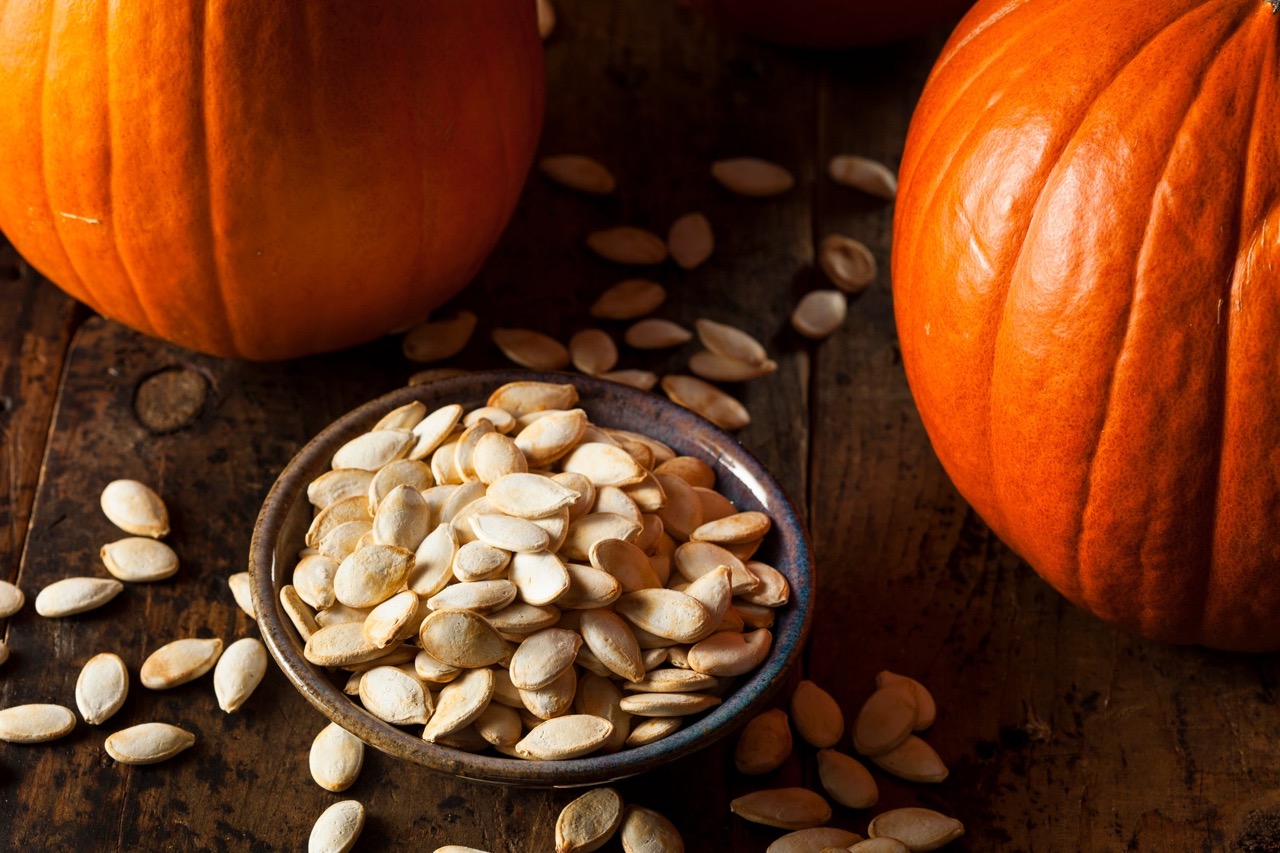
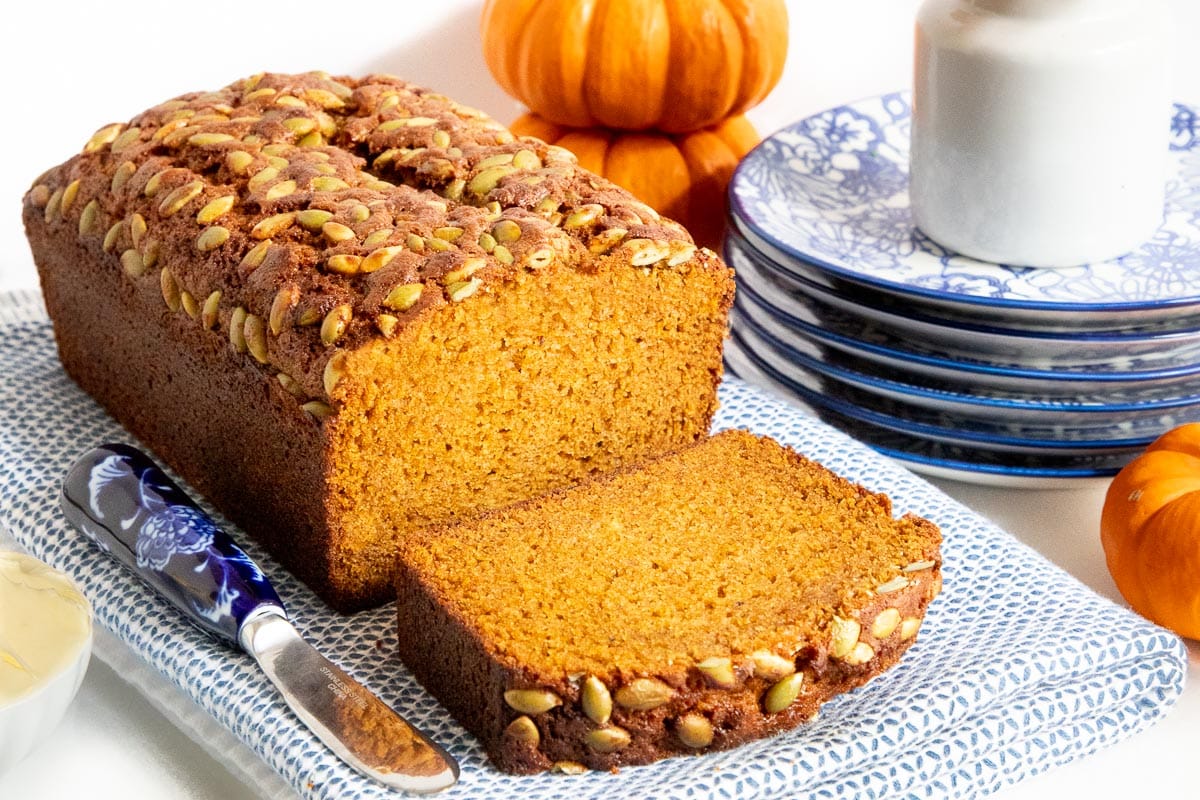
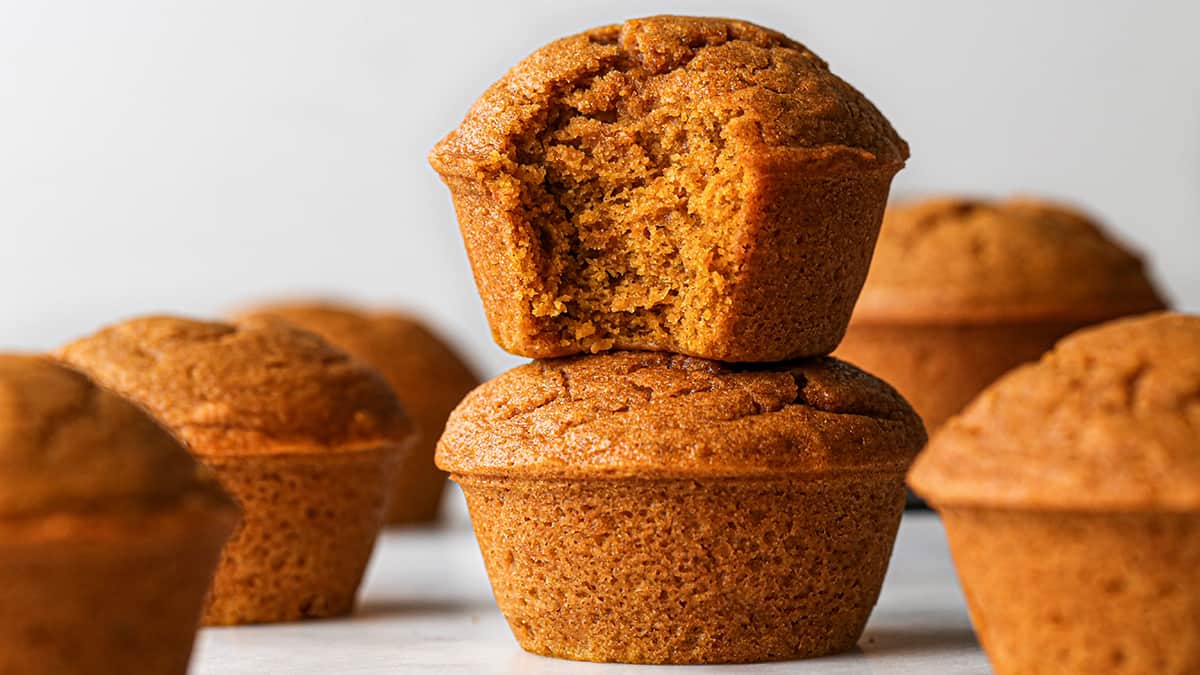
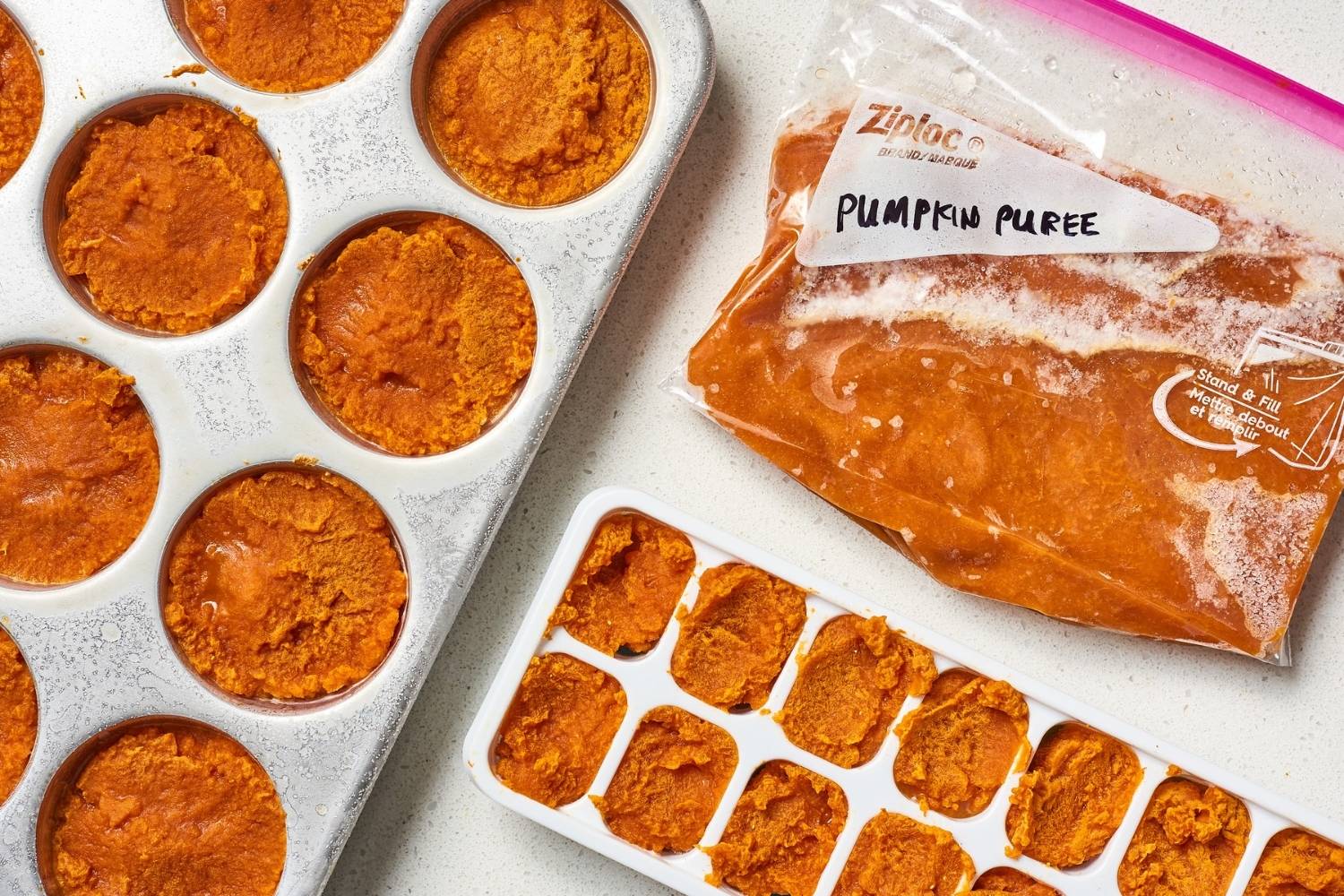
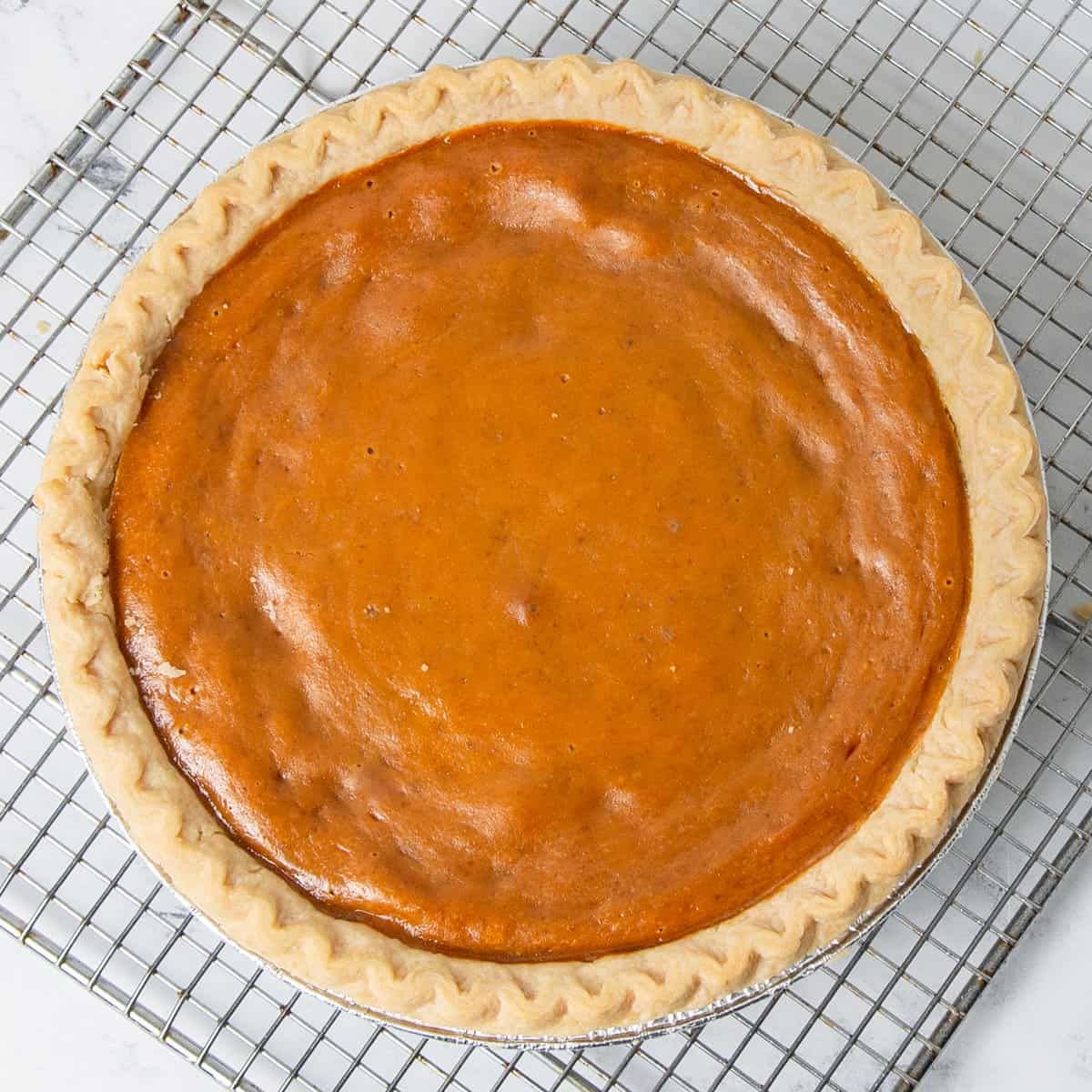
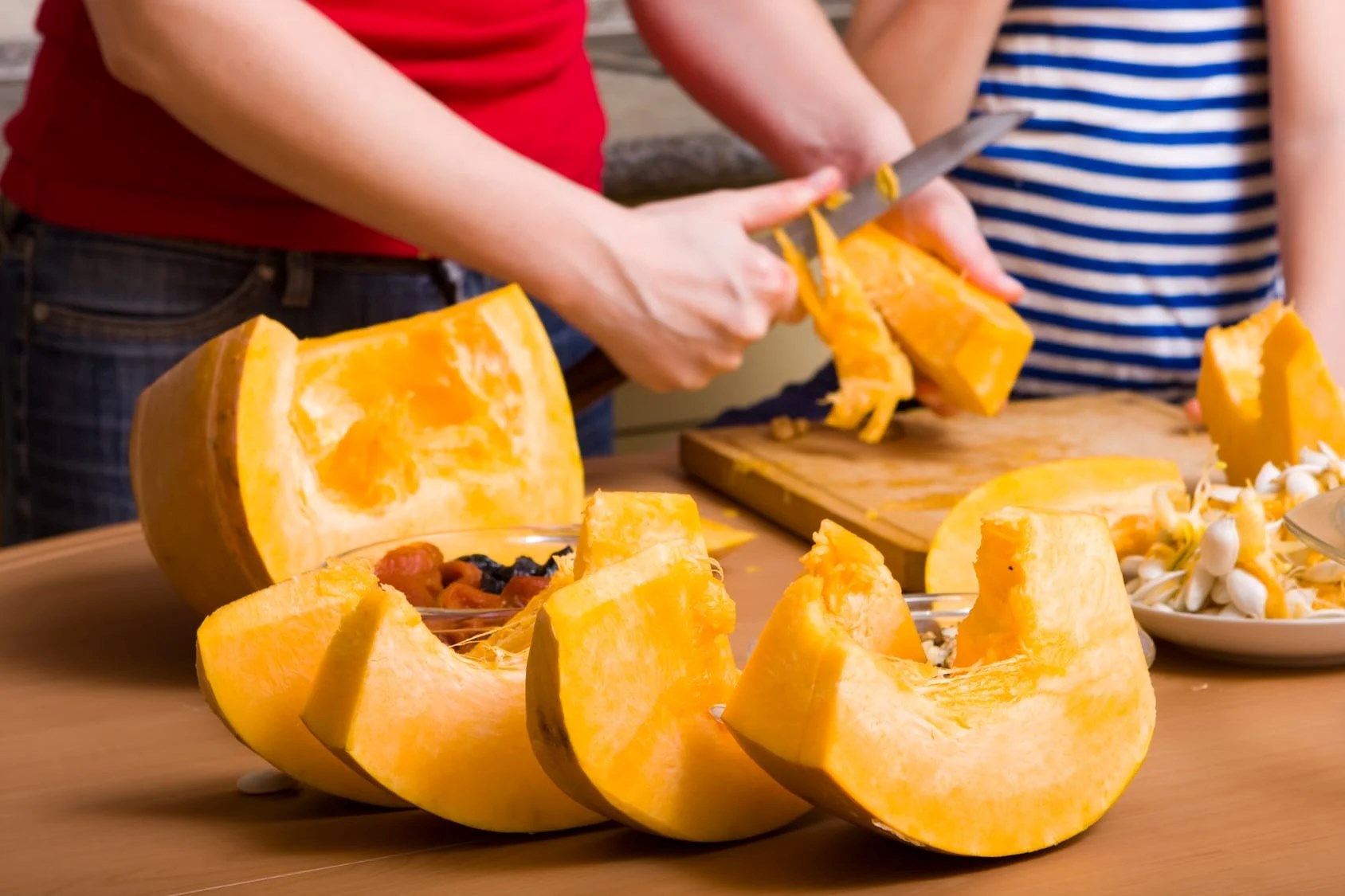
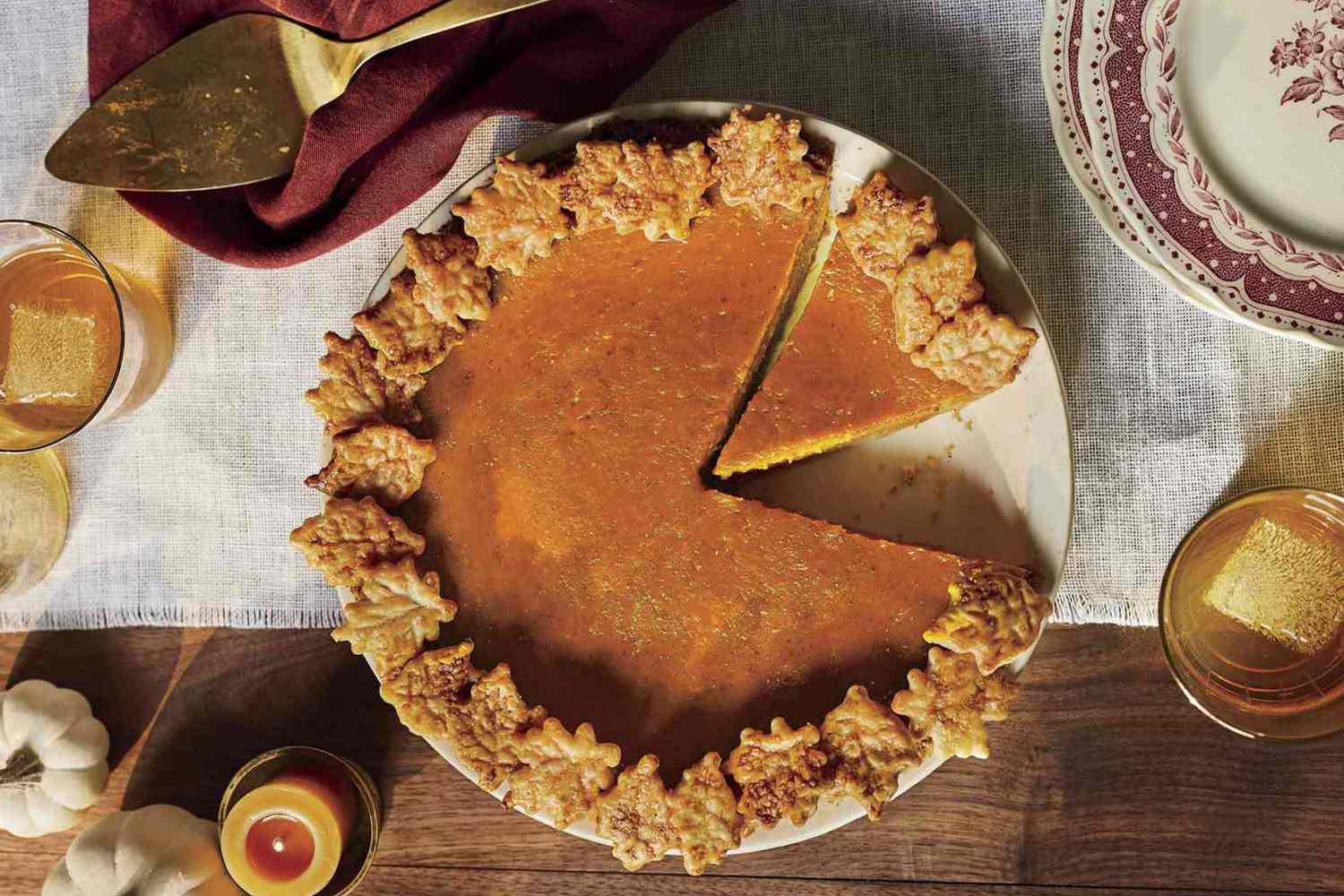
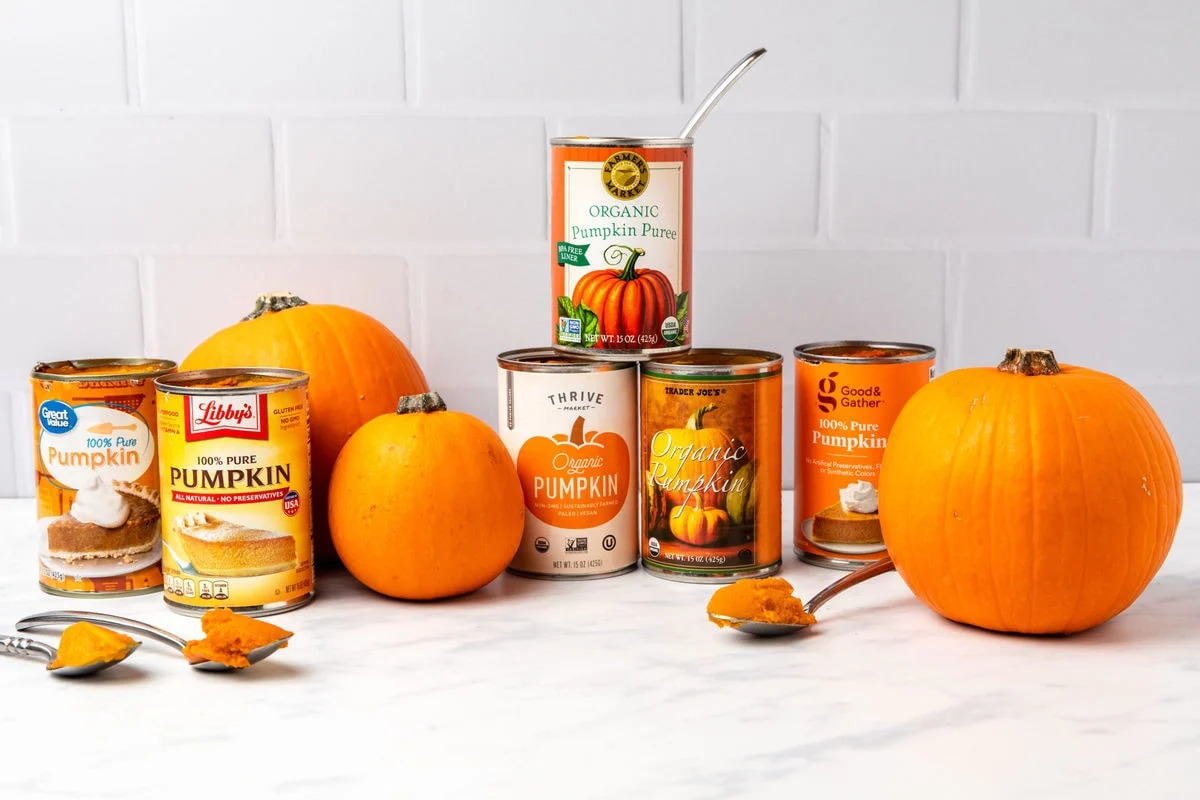
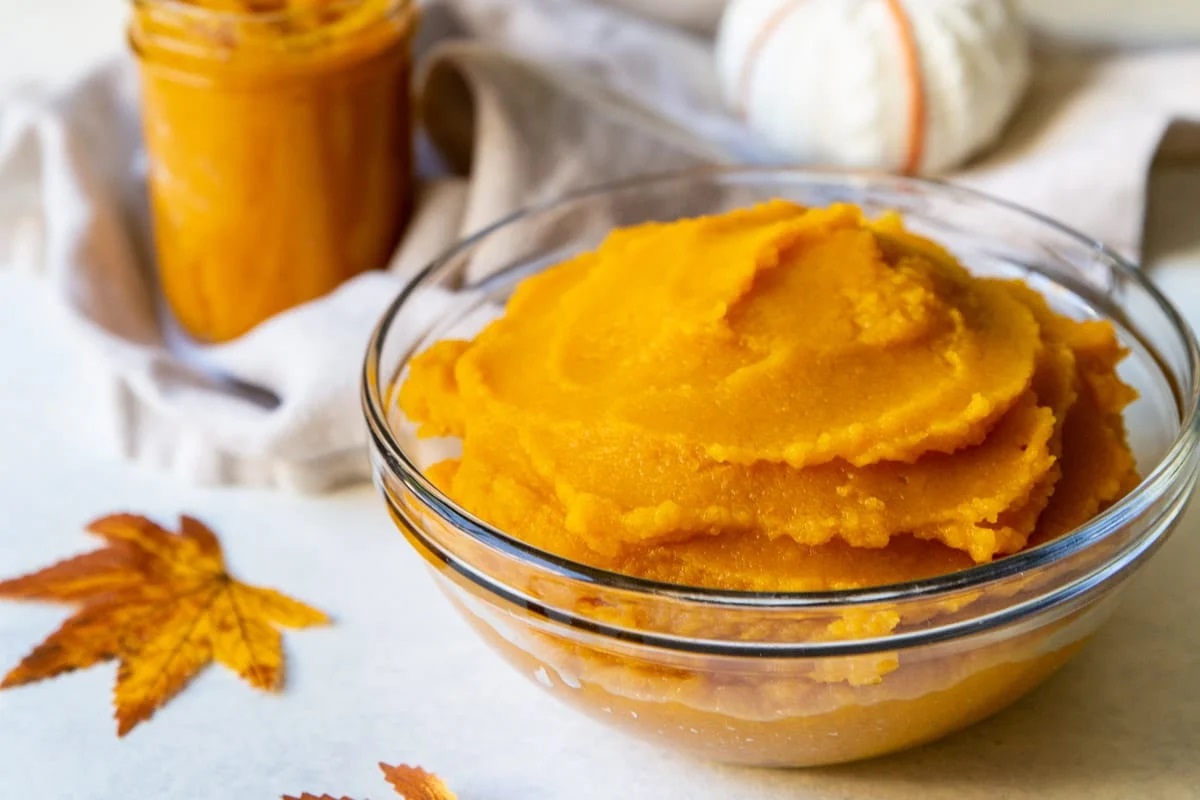
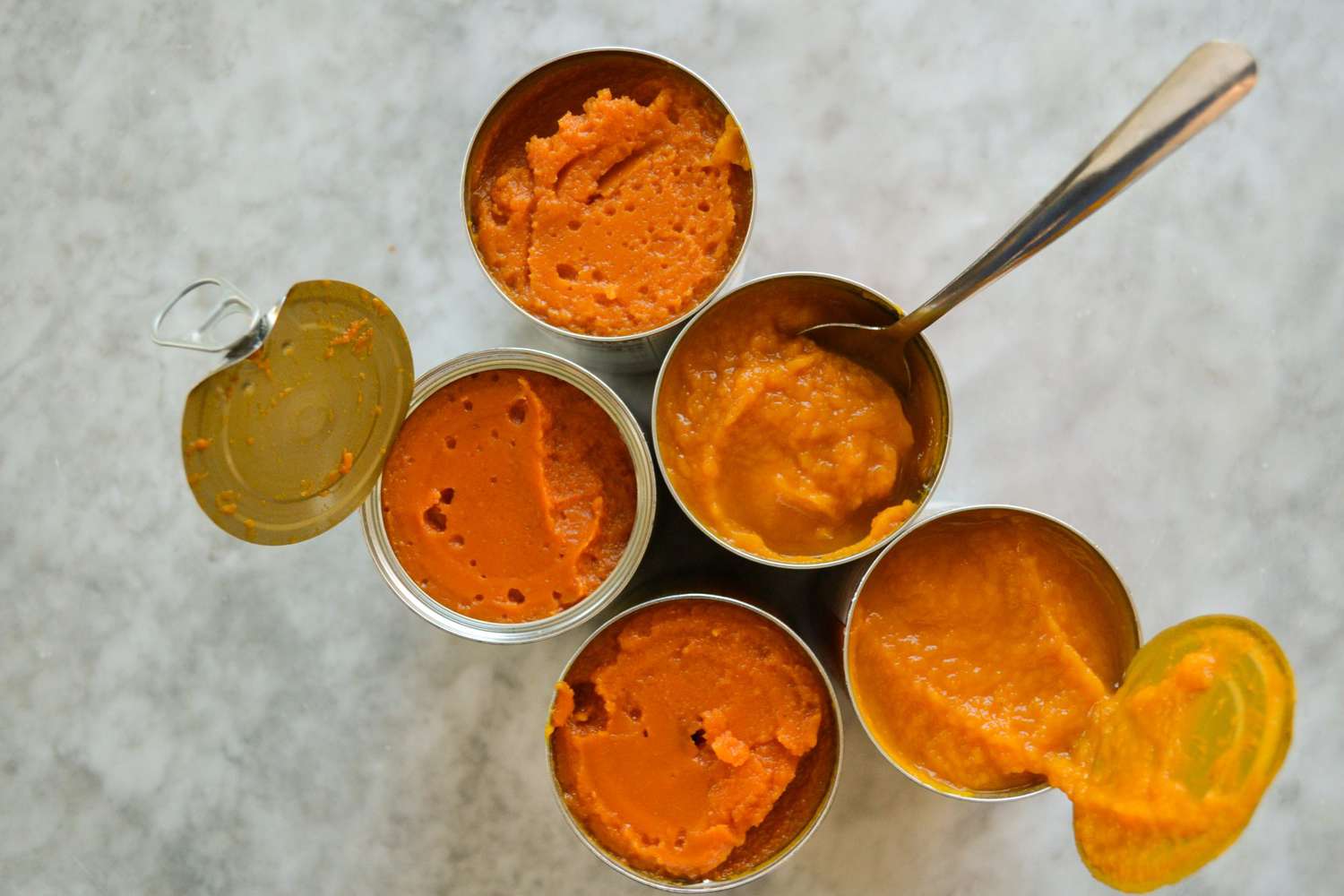
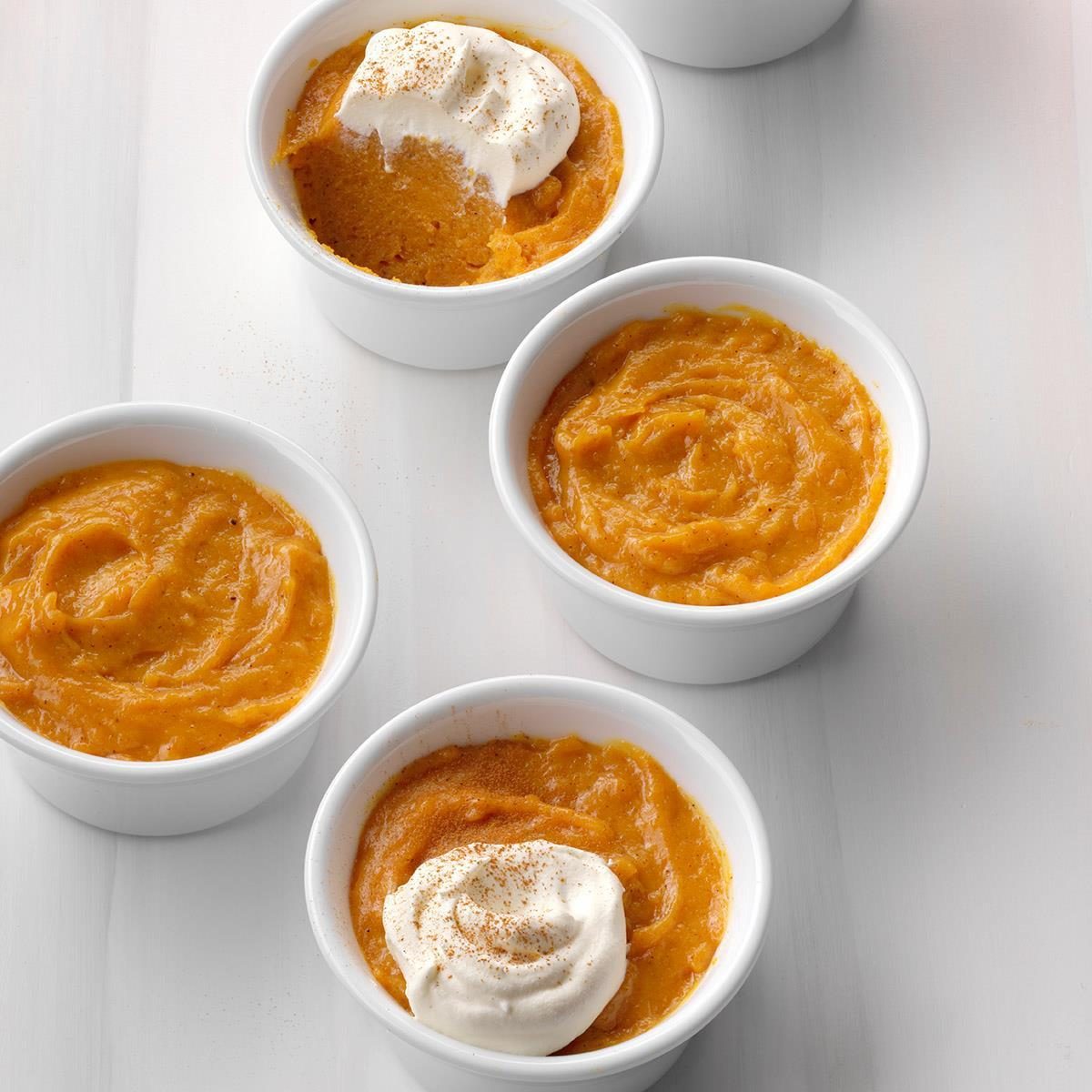
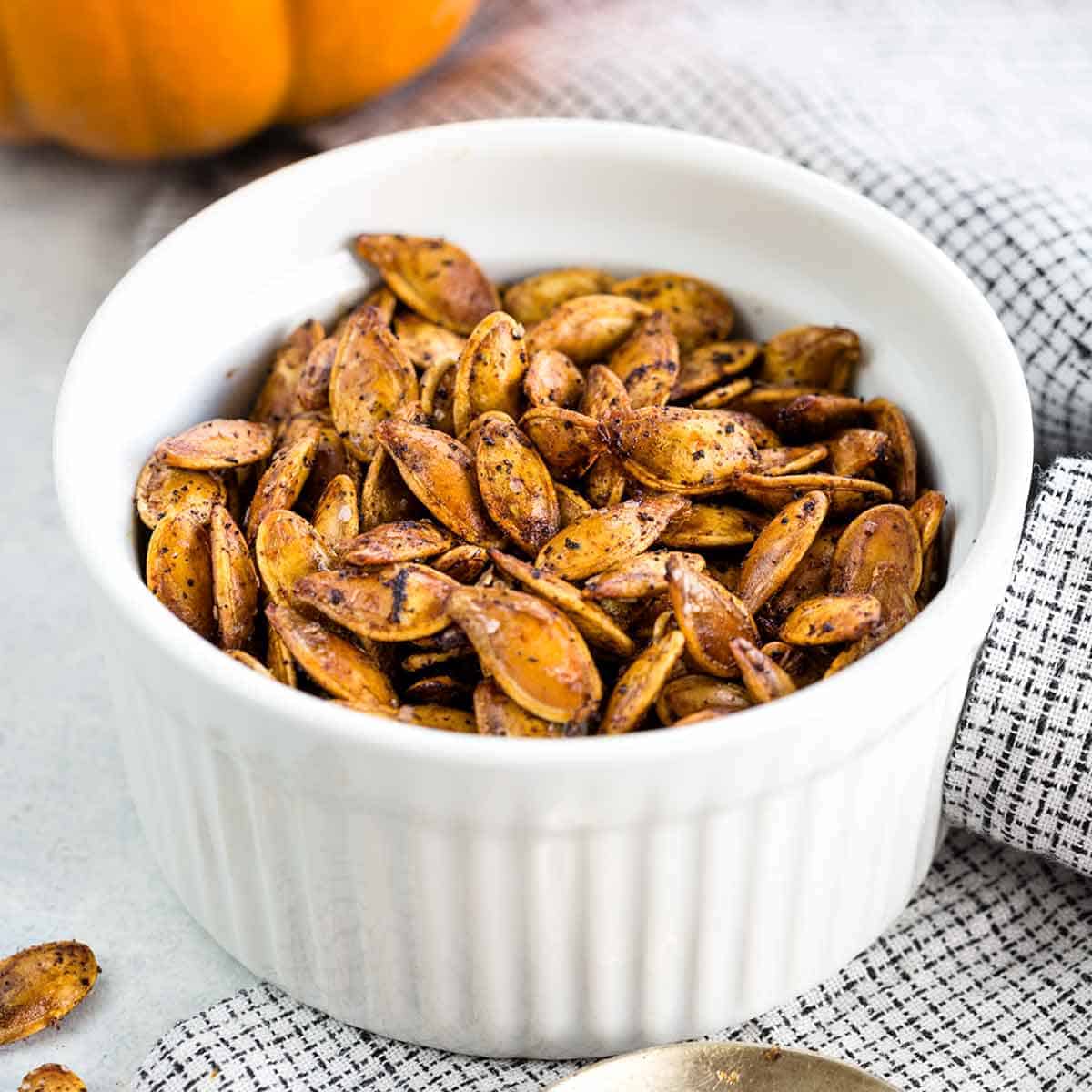
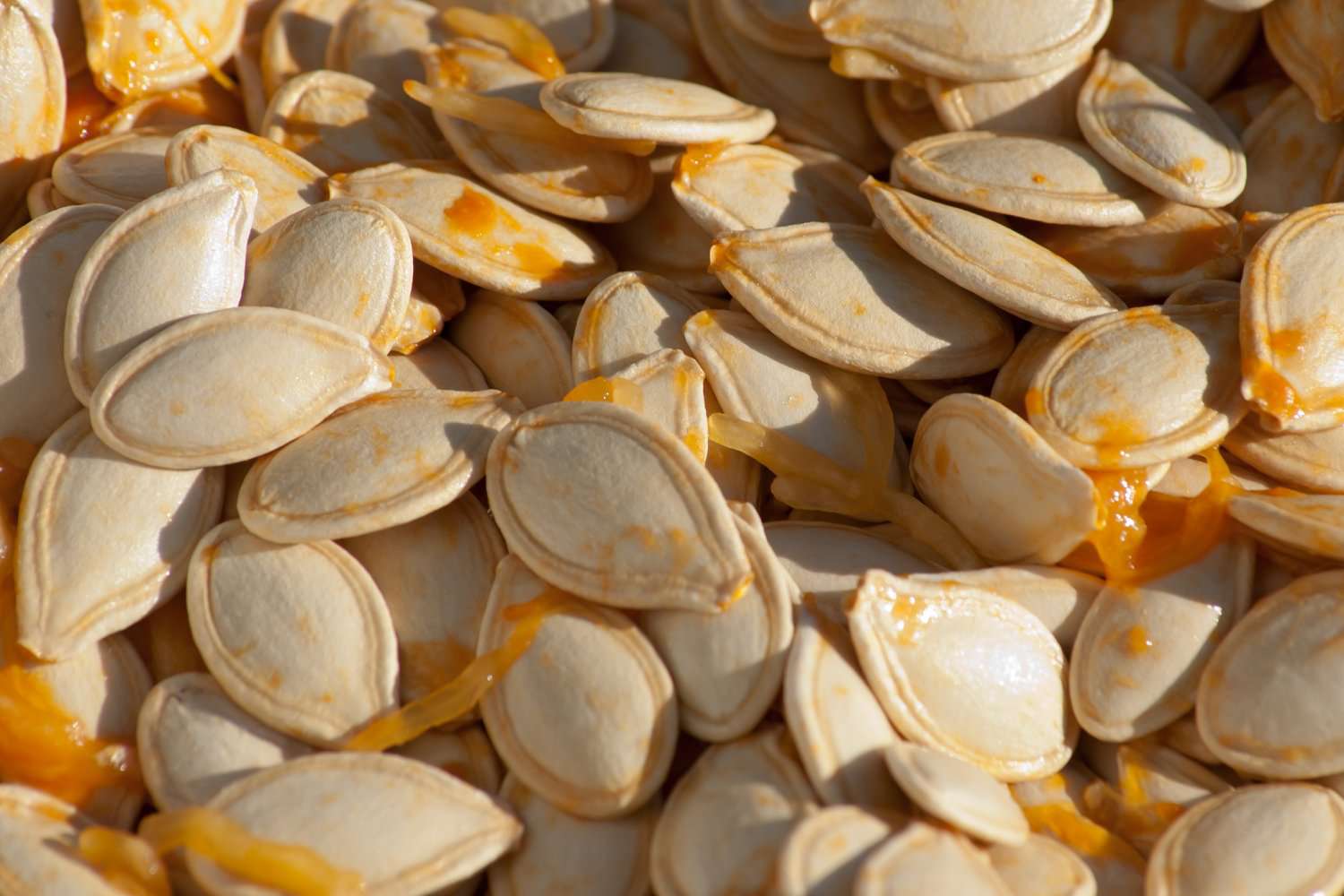
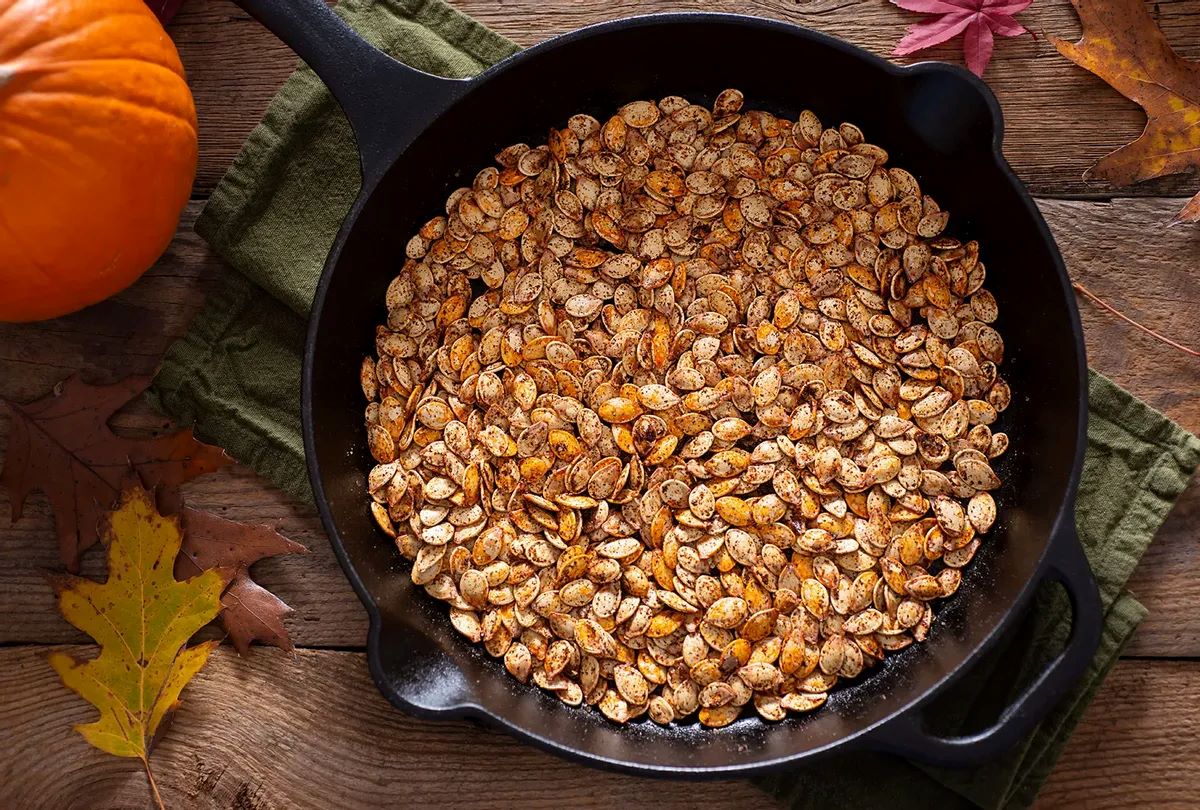

0 thoughts on “How To Store Pumpkin”